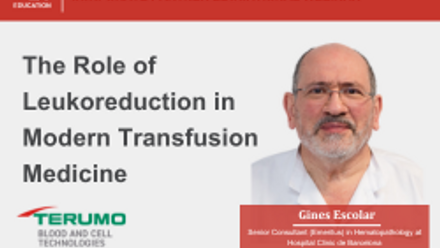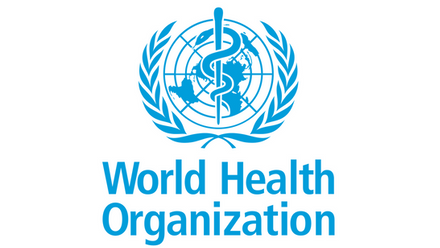The Platelets.... but not as we know them session included the following presentations:
1. Denese Marks: What is new with platelets? (Cold stored, cryopreserved, thrombosomes)
2. Johanna Kirschall: Inhibition of cold-induced apoptosis of platelet concentrates better maintains platelet functionality and survival
3. Mohammad Reza Deyhim: The effect of N-acethyl cysteine (NAC) on expression of apoptotic and antiapoptotic microRNAs in platelet concentrates during storage
4. Lucia Merolle: Membrane Molecular Changes Associated with Platelet Cryopreservation
5. Kristina Ehn: Cryopreserved platelets in a novel non-toxic DMSO-free setting maintain hemostatic function in vitro
MODERATORS: Sandra Pettersson and Stephen Thomas
After the presentation, there was a questions and answers session of about 5 minutes, which is also included in the recording.
Abstract
New platelet products - cold stored, cryopreserved and thrombosomes
D C Marks1
1Research and Development, Australian Red Cross Lifeblood, Sydney, Australia
Platelets have a short shelf life, which can lead to shortages and wastage. Frozen or cold storage of platelets could extend platelet component shelf-life to weeks or even years, as well as reducing the risk of bacterial contamination. Other approaches, such as lyophilised and synthetic platelets are also being explored.
Pre-clinical in vitro studies have evaluated the impact of cold storage and cryopreservation on platelet quality and function, with comparisons to room temperature storage of platelets. Both cold storage and cryopreservation increase the procoagulant activity of platelets, due to increased phosphatidylserine externalisation, generation of more procoagulant microparticles and increased thrombin generation. These features suggest that they may be more haemostatically effective than conventional room temperature stored platelets, and therefore particularly useful for the treatment of haemorrhage and traumatic resuscitation. Similarly, lyophilised platelets, also known as thrombosomes, have high levels of externalised phosphatidylserine that facilitates thrombin generation, and they can adhere to collagen under flow. However, transfusion of these novel platelet products does not always lead to a platelet increment, and while they may be effective in stemming bleeding, they may not be suitable for prophylactic transfusions.
In order to achieve regulatory approval and more widespread availability of these products, clinical trials of cold-stored and cryopreserved platelets are currently in progress. Pilot studies have shown that frozen and cold-stored platelets are effective in reducing bleeding in a number of settings, including cardiac surgery and chaemotherapy-induced thrombocytopenia. Similarly, phase I trials of lyophilised platelets suggest they may be safe and effective. Larger, definitive non-inferiority studies of cold-stored, cryopreserved and lyophilised platelets are now underway.
In this presentation, the advantages and disadvantages of these novel platelet products, together with findings from in vitro and clinical studies will be reviewed.




